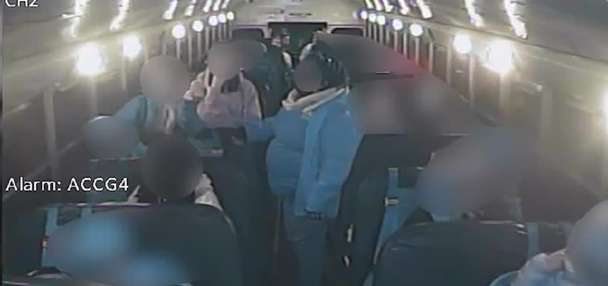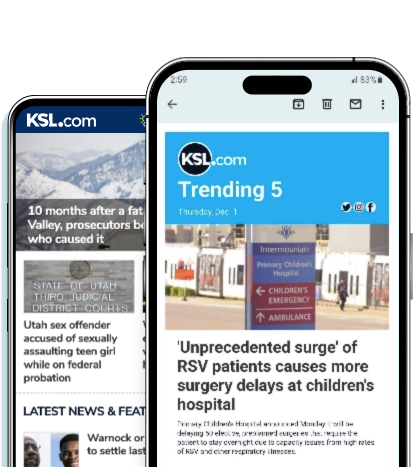Estimated read time: 3-4 minutes
SALT LAKE CITY — The "quiet zone" saga that ended earlier this month was just one bone Salt Lake City Council Vice Chairman Alejandro Puy and many other west side residents have had to pick when it comes to the freight trains.
Puy launched a campaign in 2023 to gather stories from residents and others who have experienced issues when trains block vital crossings — sometimes for hours. He told KSL.com he's since traveled to Nebraska a couple of times to meet with Union Pacific leaders to express concerns his constituents have with blocked crossings.
Those meetings have yet to yield much to fix the issue, but he's hopeful a new partnership with the Utah Inland Port Authority will provide the next best thing.
The agency announced this week it will send Salt Lake City an "initial contribution" of $150,000 as part of a funding agreement between the two, which will be used to implement Trainfo at more crossings. It's a system that can better warn the public of delays at blocked crossings.
Salt Lake City has already installed the system along a crossing at 900 West, but the new funding will allow the city to expand the service to rail crossings at 300 North, 200 South, 800 South, 900 South and 1700 South, which are some of the highest-priority crossings in the city.
"We are excited to see the expansion move forward," said Dan Bergenthal, a Salt Lake City transportation engineer, in a statement. "It will allow for more comprehensive coverage and better serve the community with timely and accurate information about railroad crossing activities."
Trainfo uses a series of sensors that detect both trains and vehicles and gather information that can be used to project how long delays will be whenever there is a train blockage, according to the company. This information can be fed to electric signage to warn people about the project delay time.
This can help commuters, first responders and anyone else choose whether to wait a minute or two longer or avoid the crossing altogether. Ben Hart, executive director of the Utah Inland Port Authority, said adding the technology shows "how strategic investments in infrastructure can lead to tangible improvements in safety and efficiency."
"(Map services) could plan your route, knowing that a train is coming or a train is blocking an intersection," Puy said, adding that the option will become stronger as more crossings are added to the system.
City officials note there are several more crossings in need of the system. It's unclear if and when those will be added.
Many of the long-term-impact discussions were put on hold while the city rushed to solve its quiet zone dilemma, but the city did launch its West-East Connections Study in February. The study will explore ways to bridge transportation gaps between the sides separated by railroads and freeways.
City leaders have spoken favorably about the Rio Grande Plan, a resident-led initiative to bury the railroad lines, as a potential solution to the challenge.
However, if that project — estimated to cost billions — isn't feasible, Puy said he hopes that Trainfo can at least reduce the impacts of blocked crossings in the future.
"Obviously, there are other tools and work to be done in mitigating the impact of trains and how long they stop," he said. "This is a huge, huge win for the community on the west side, but this is not the end."










